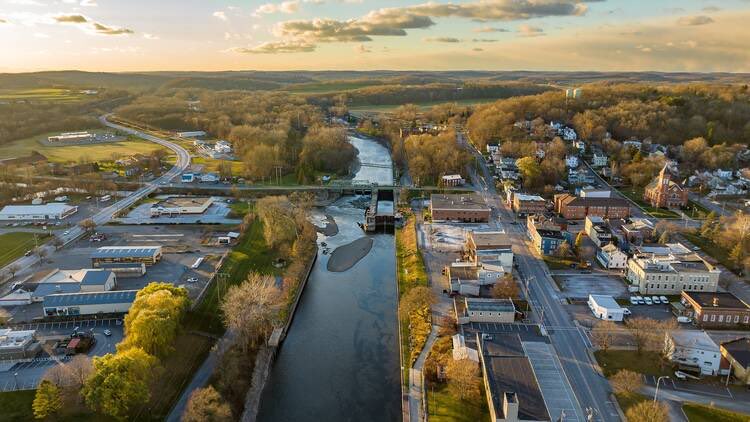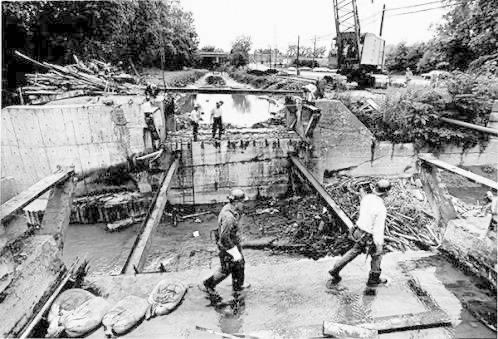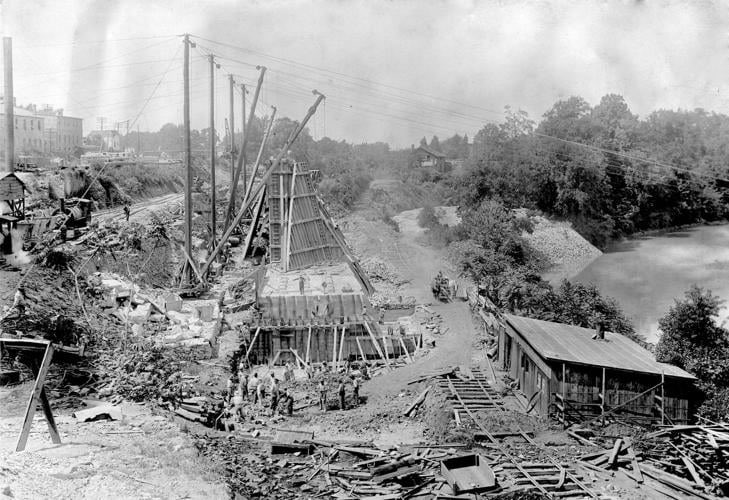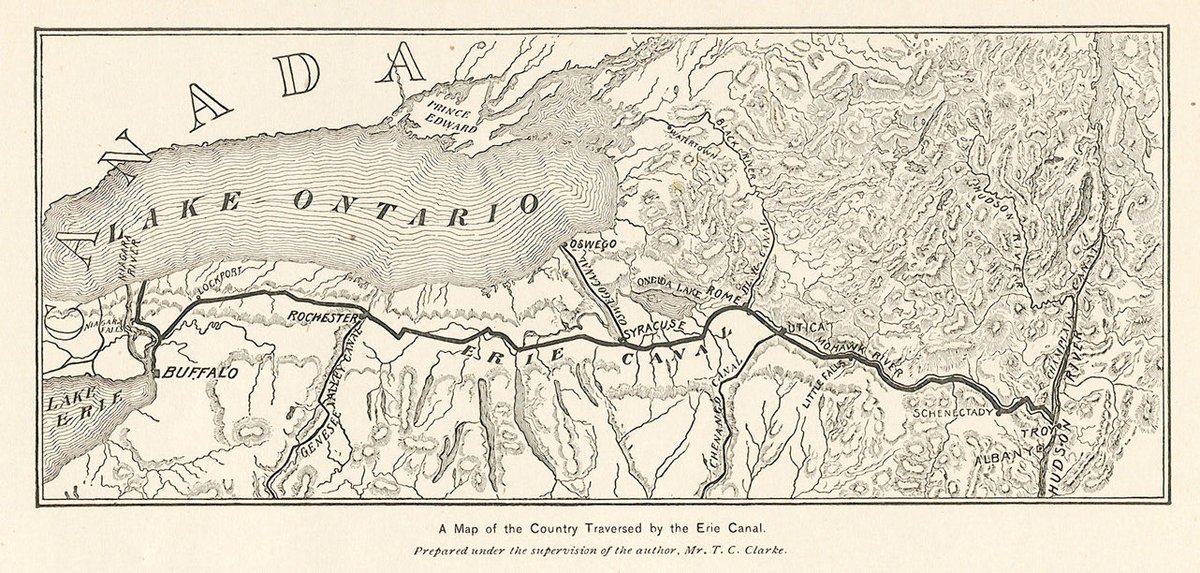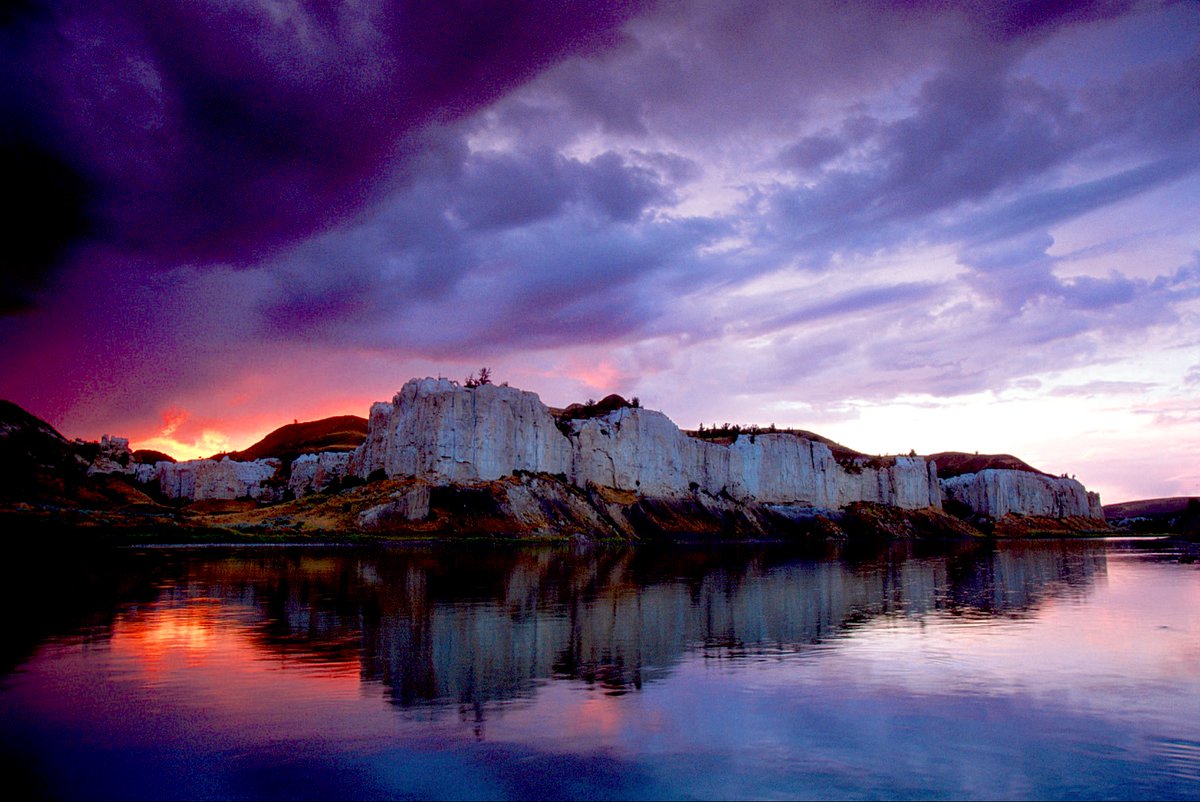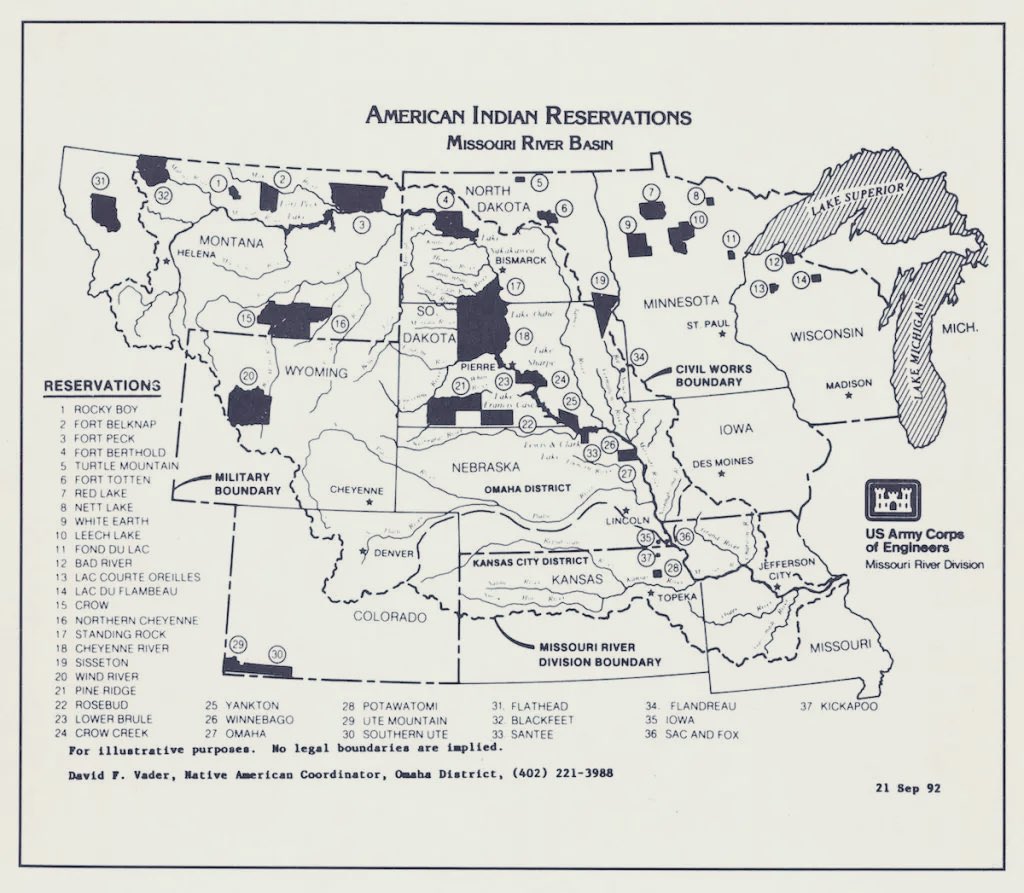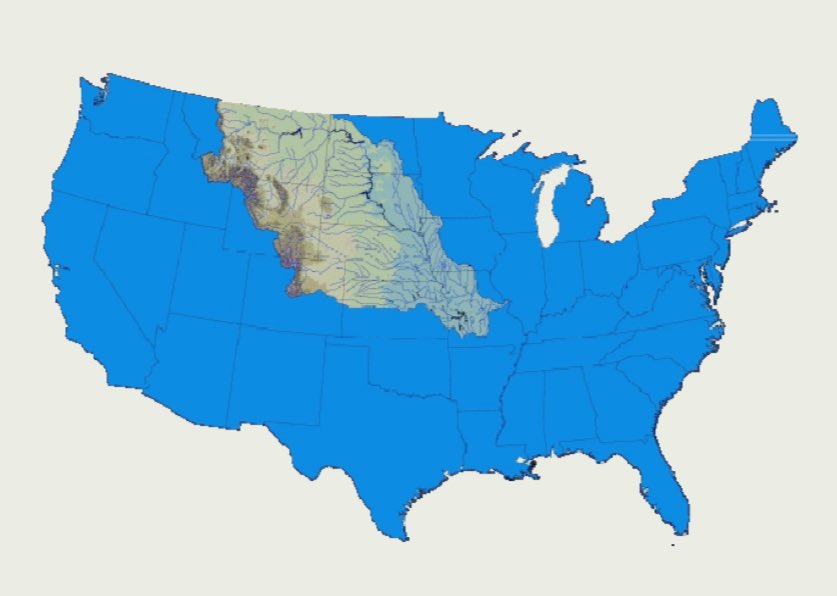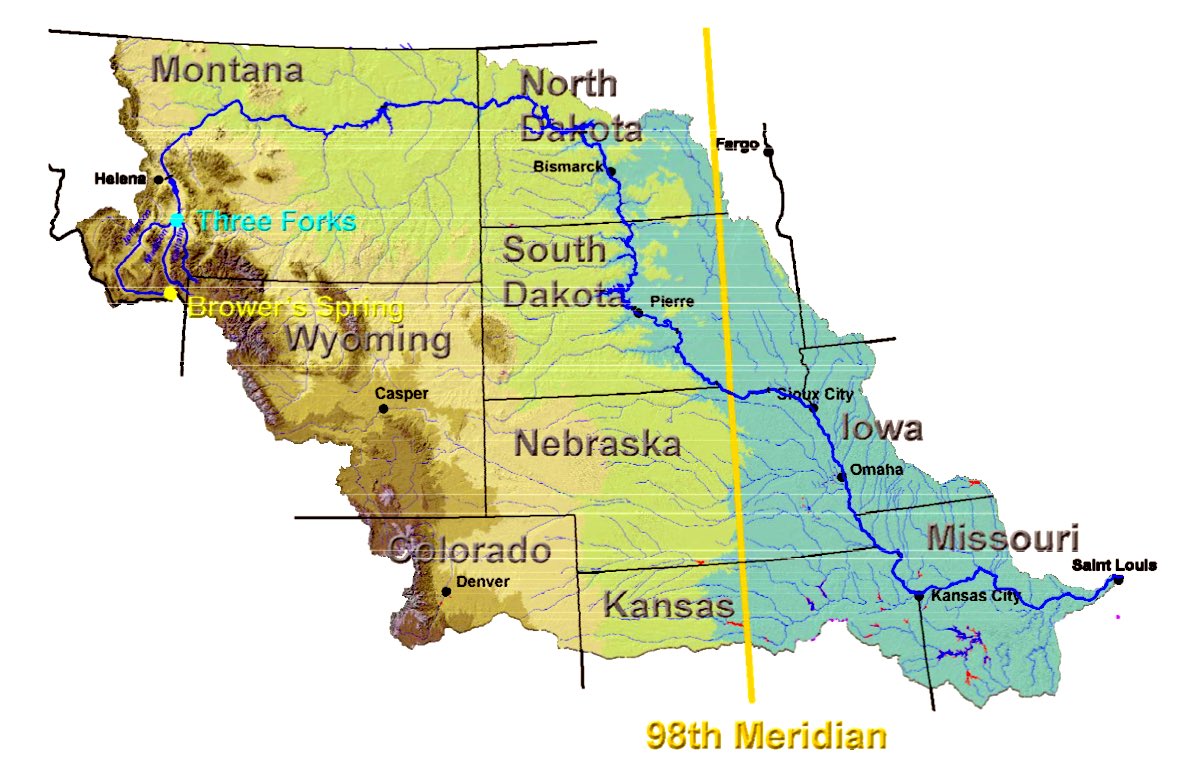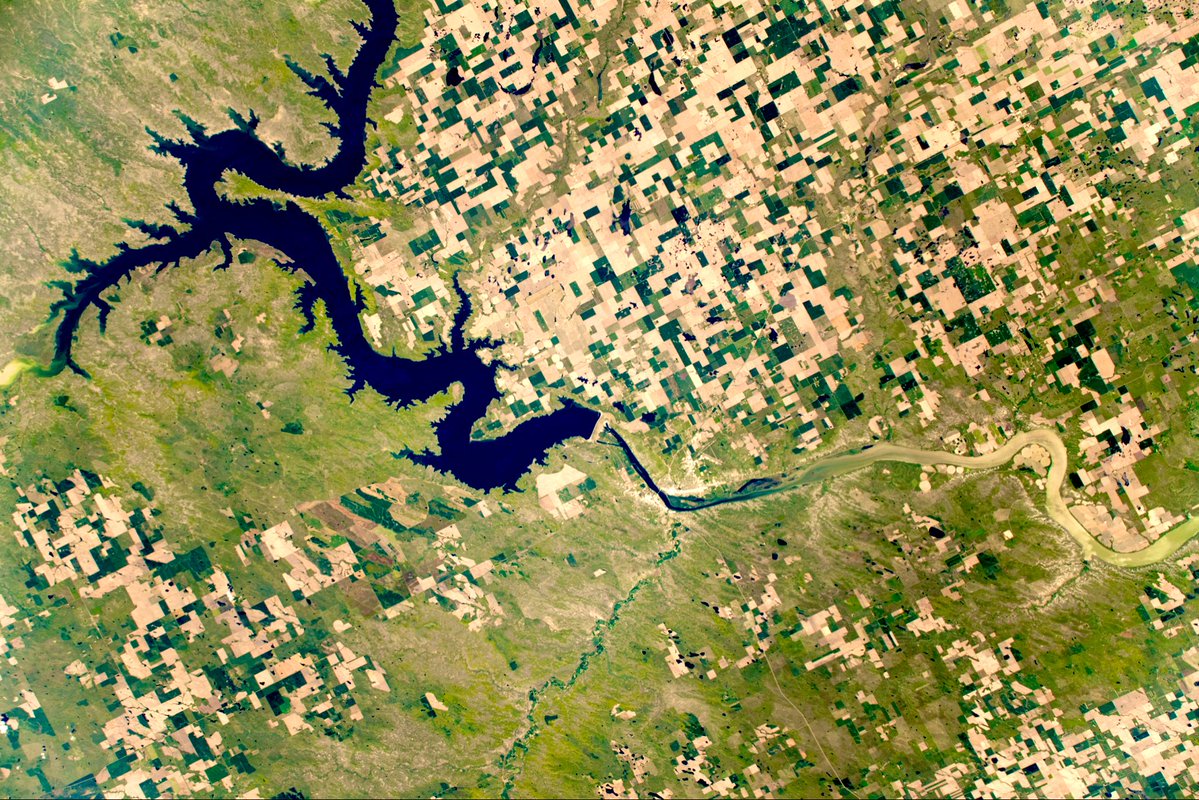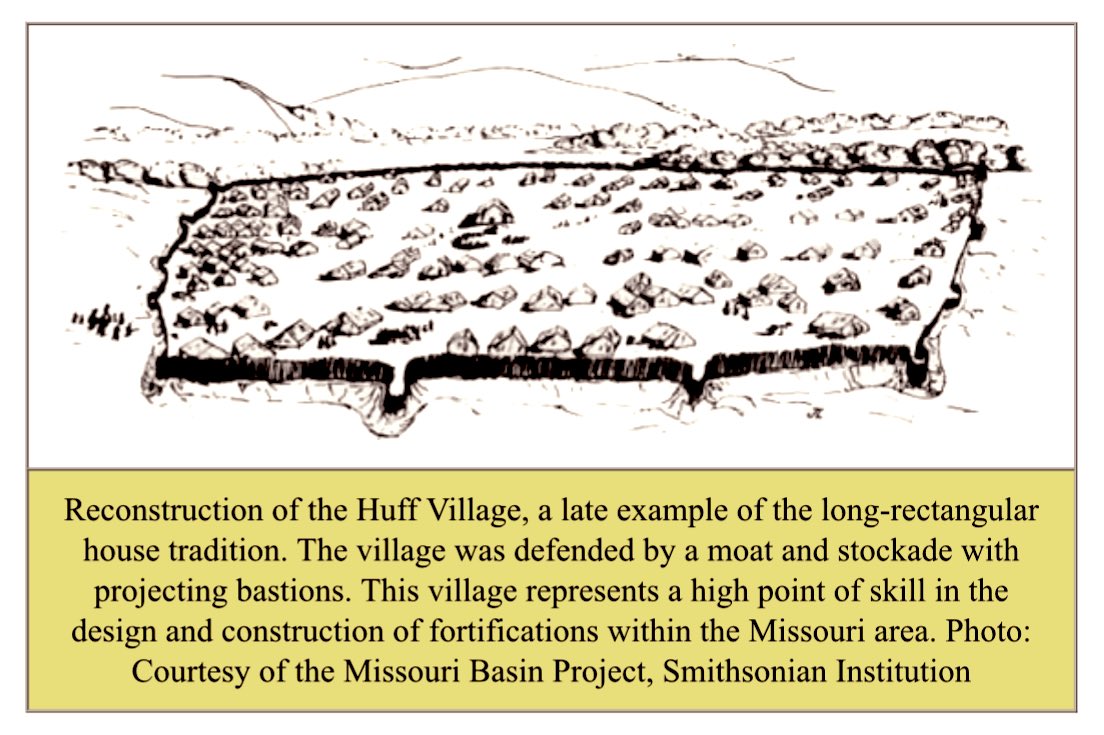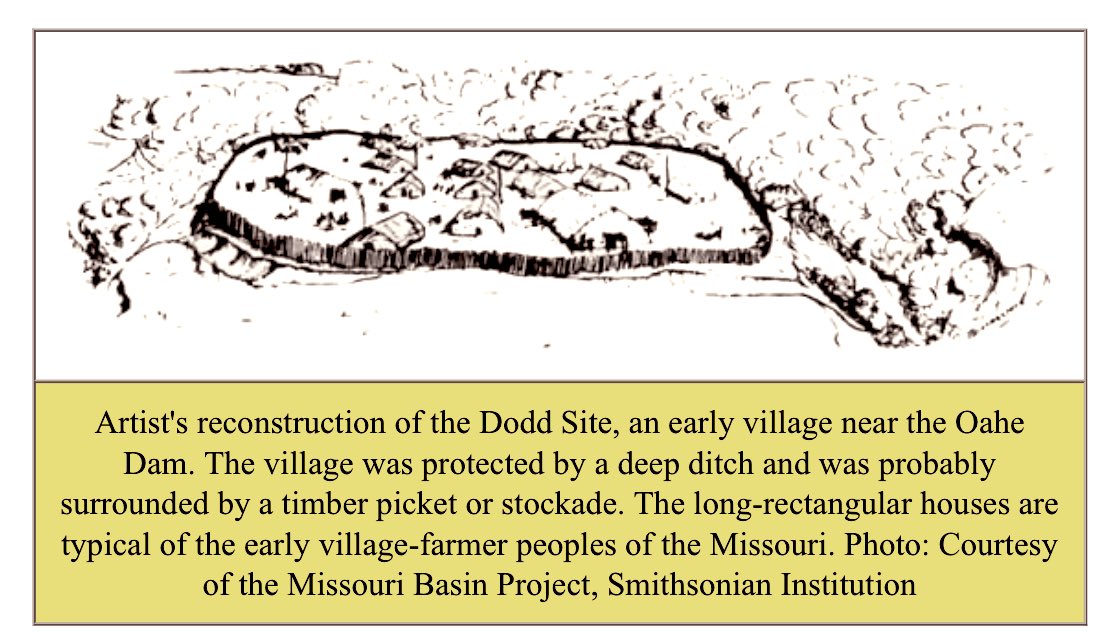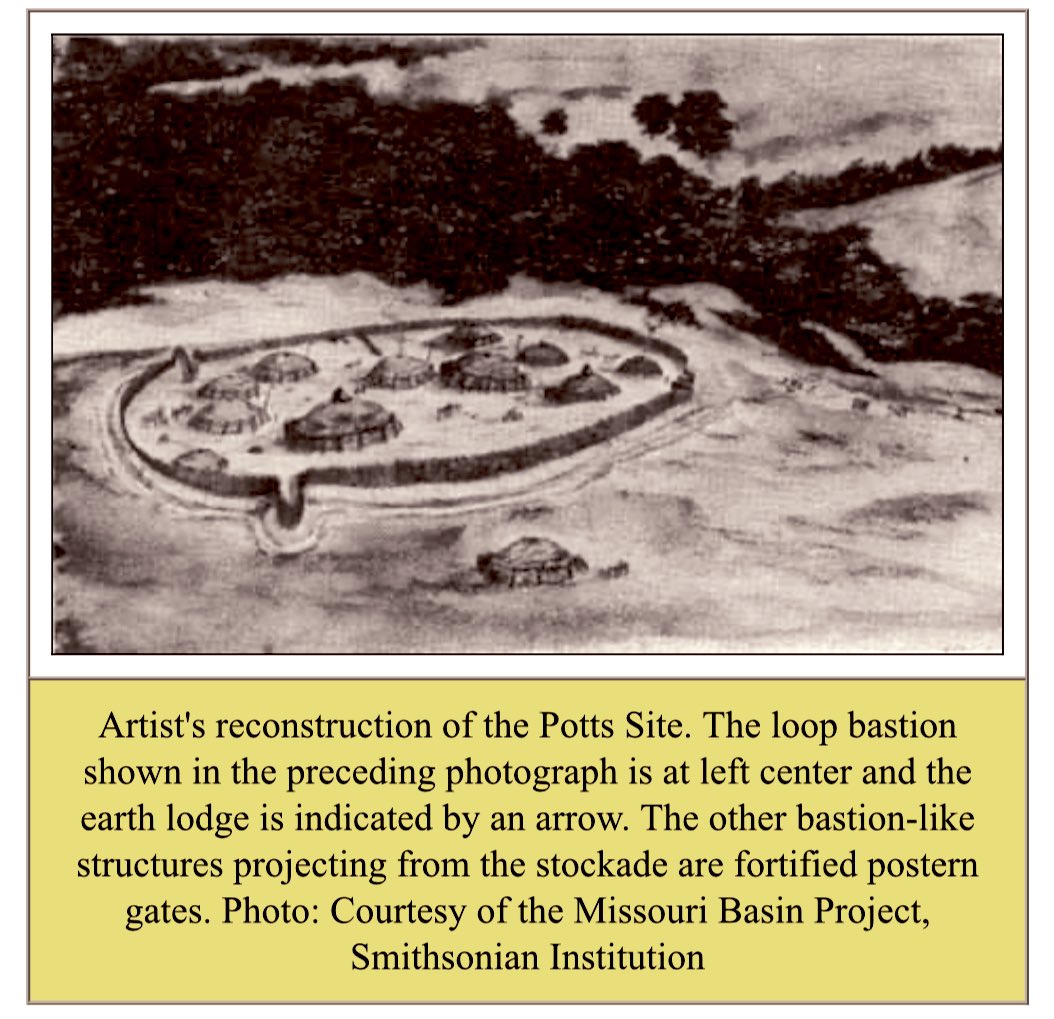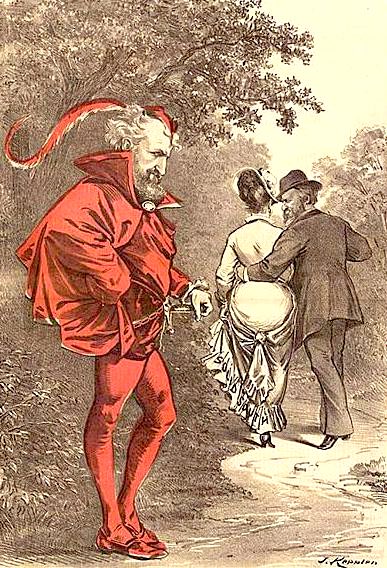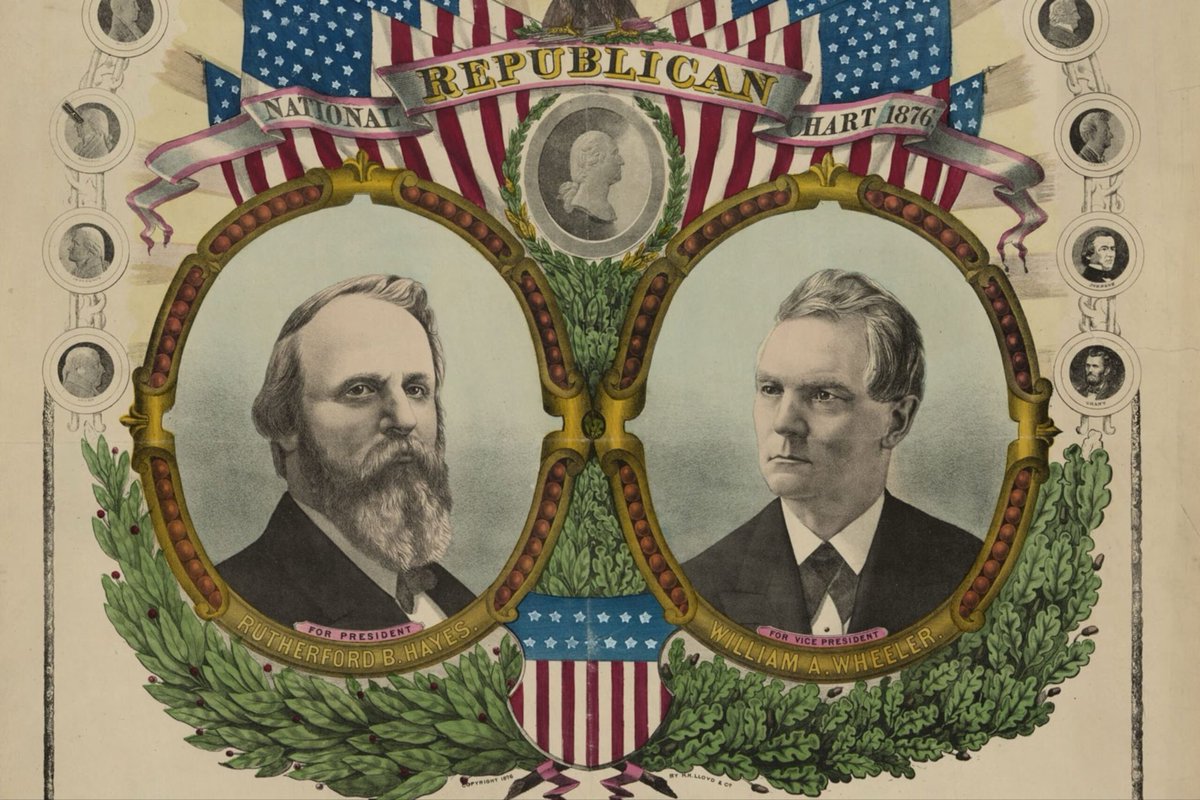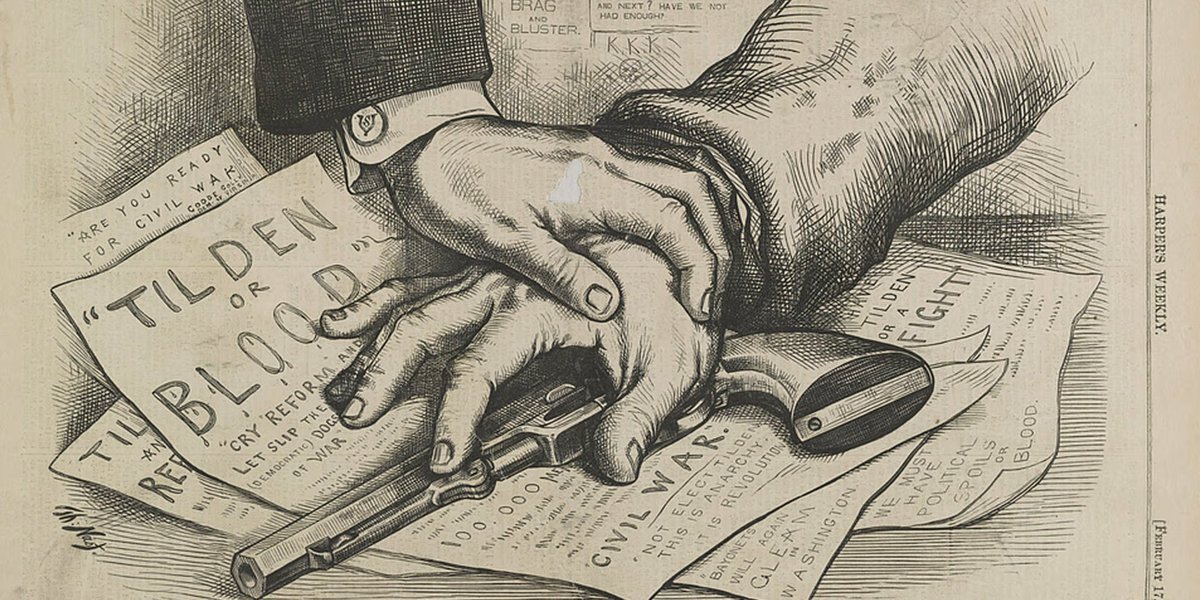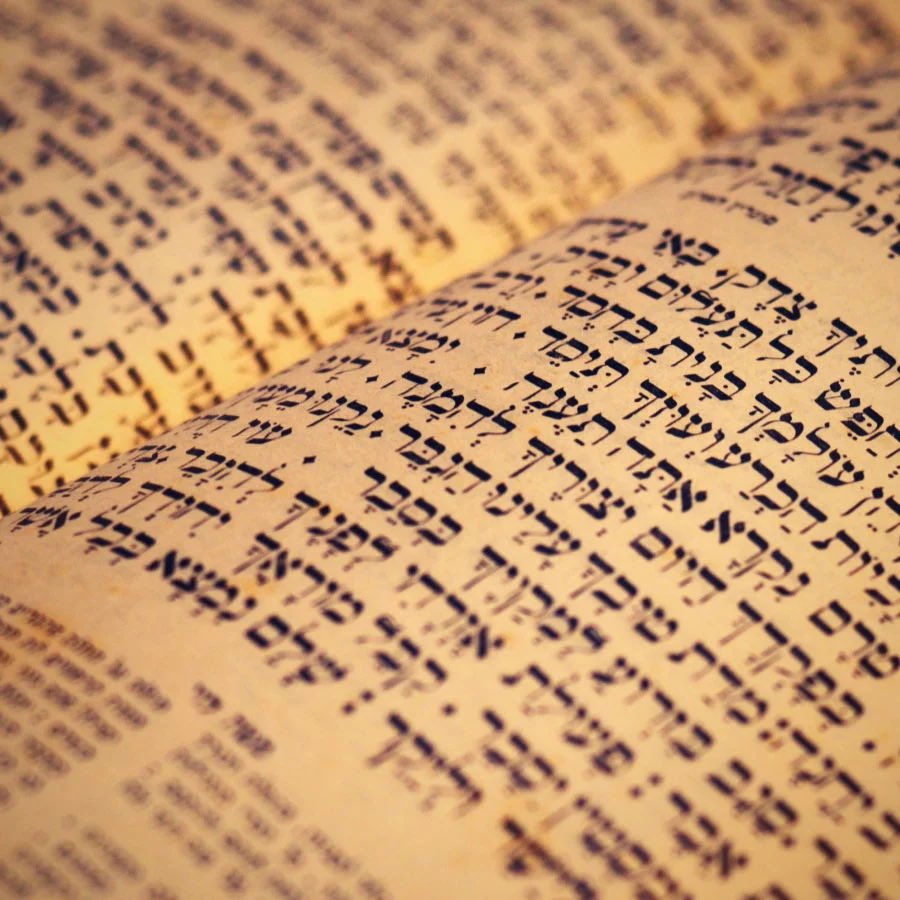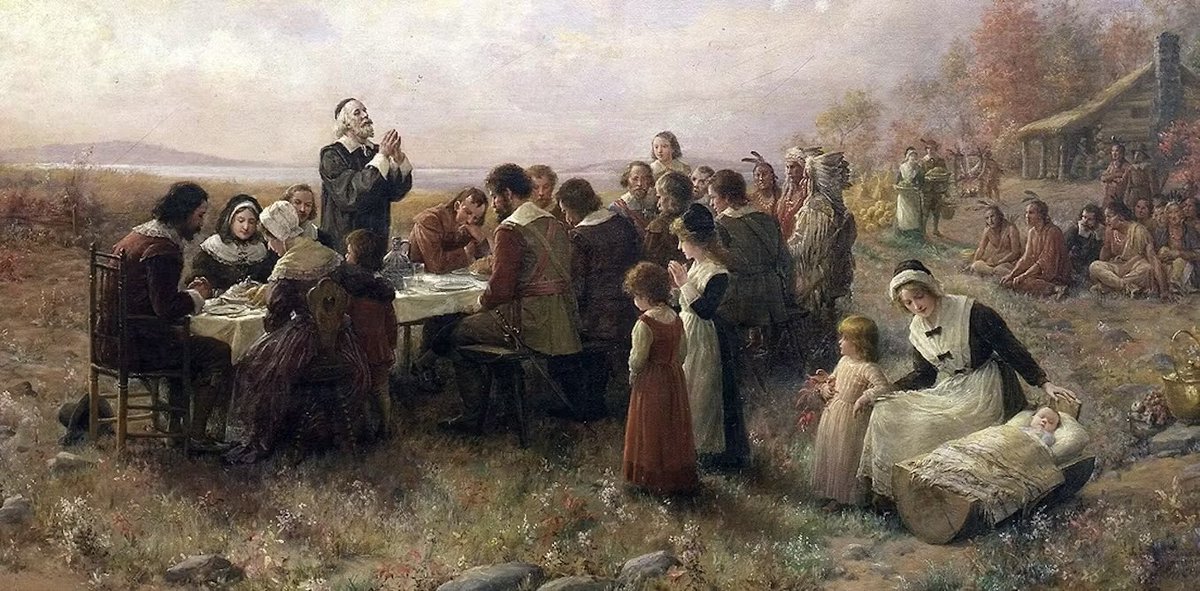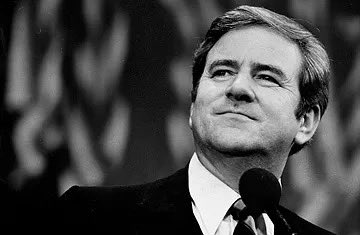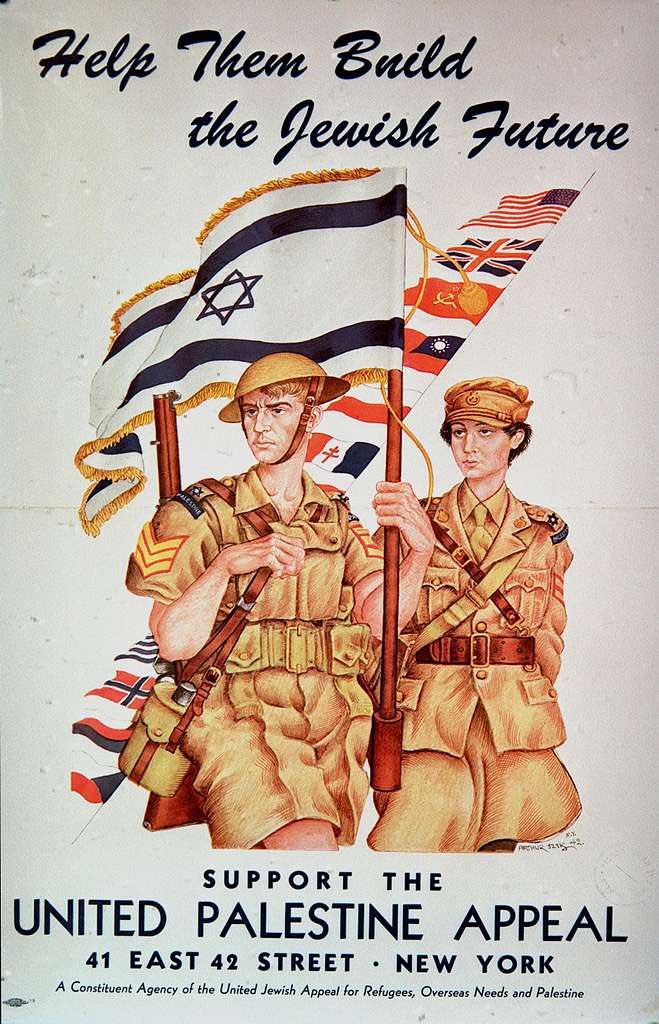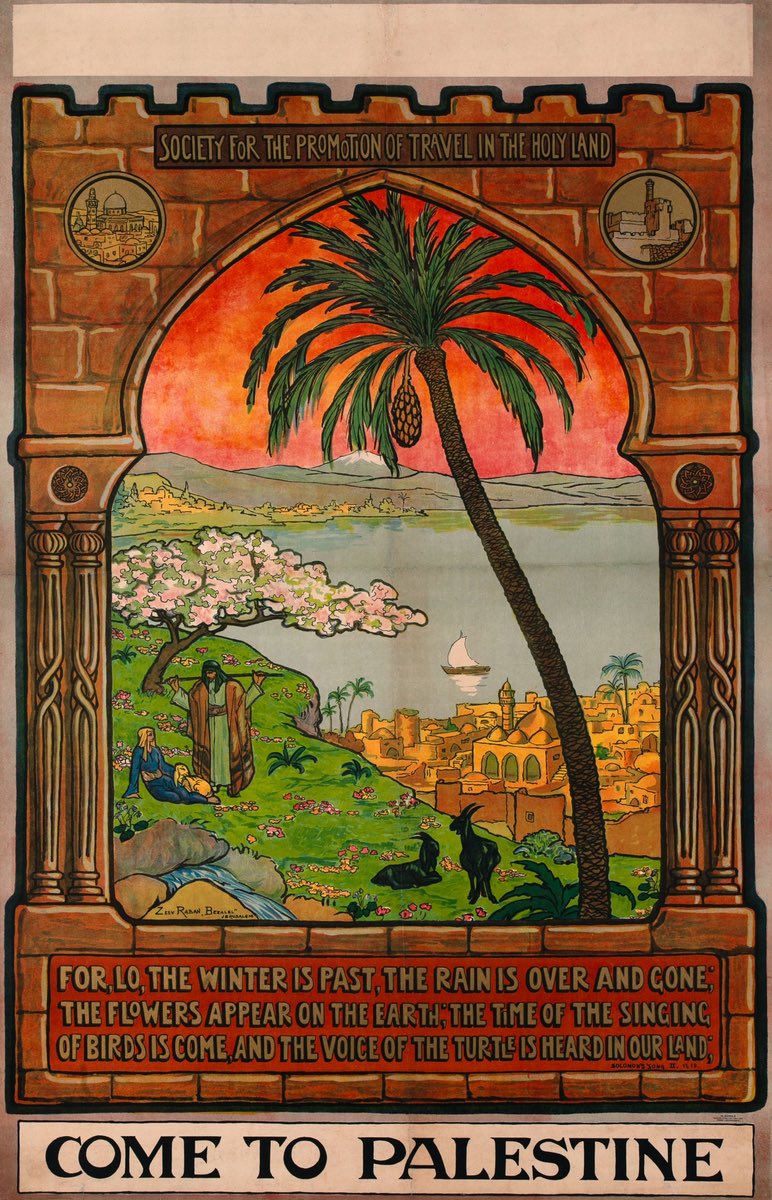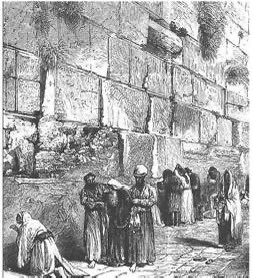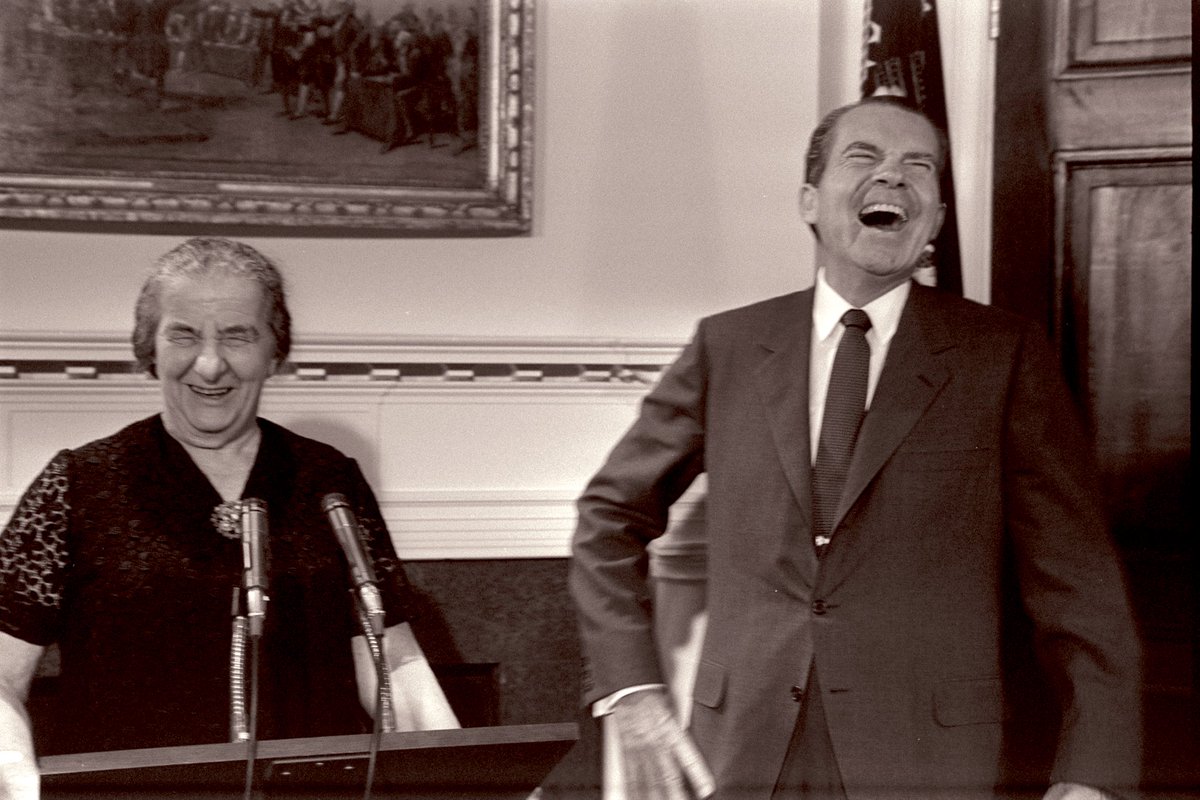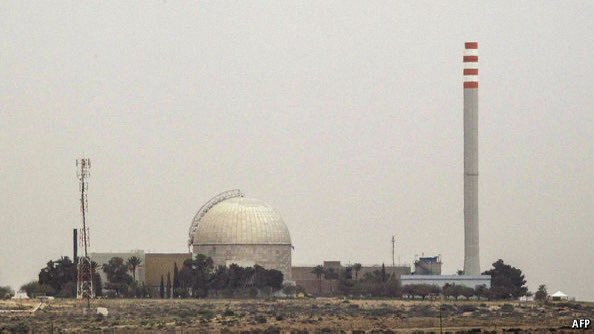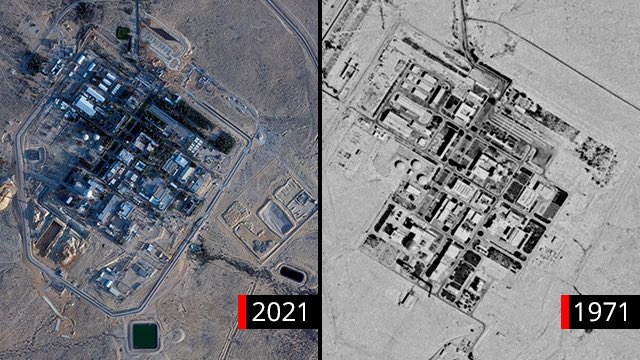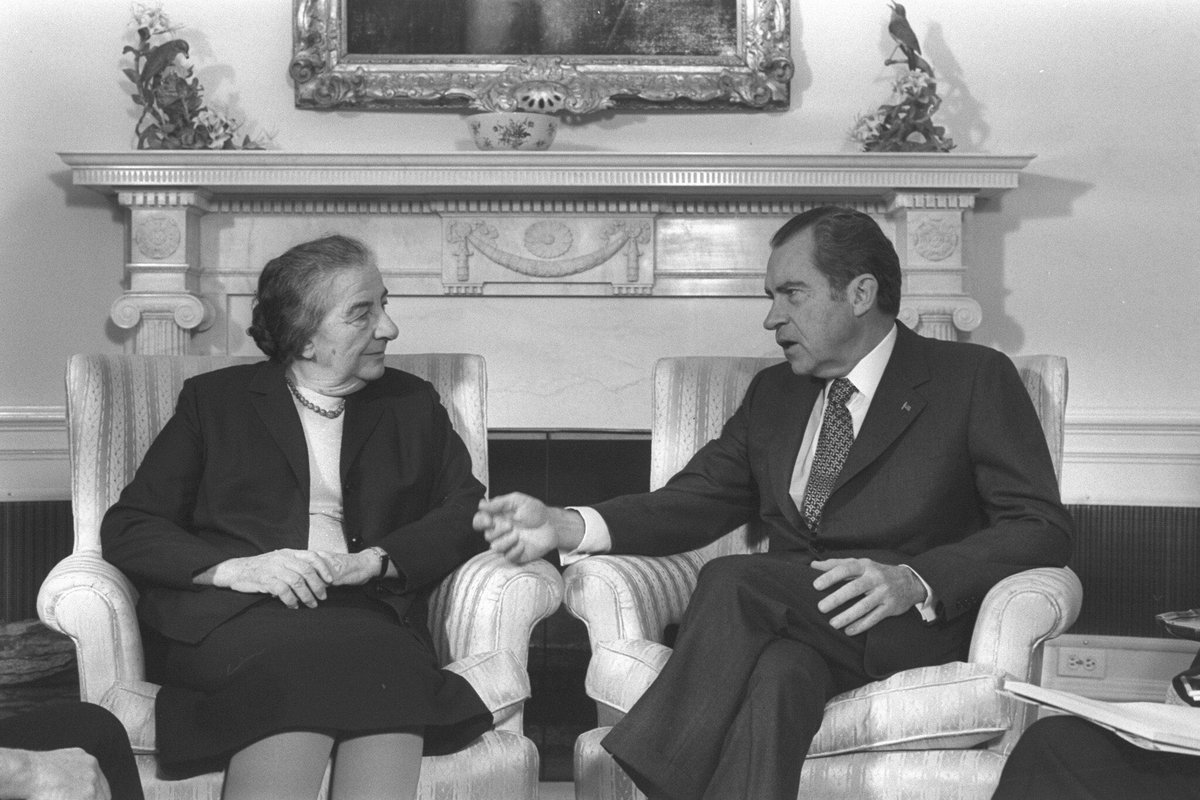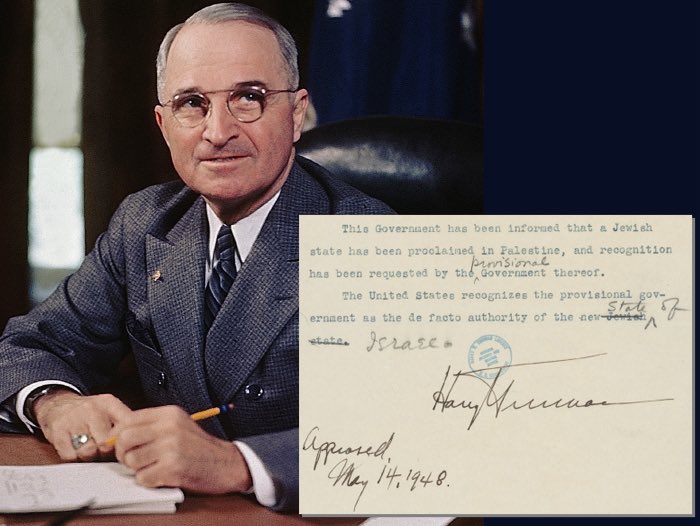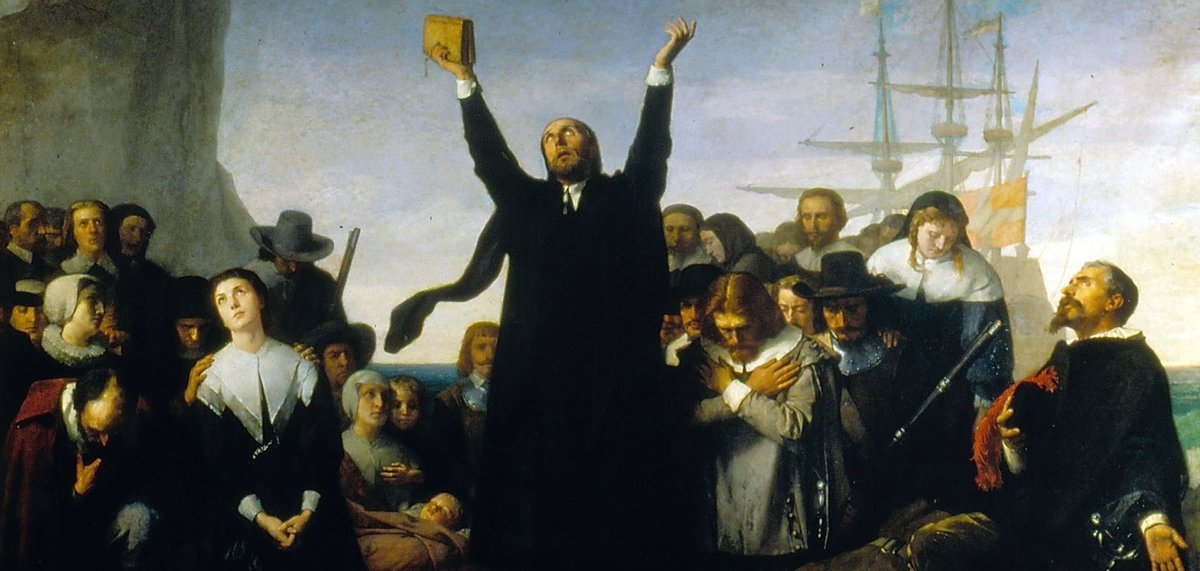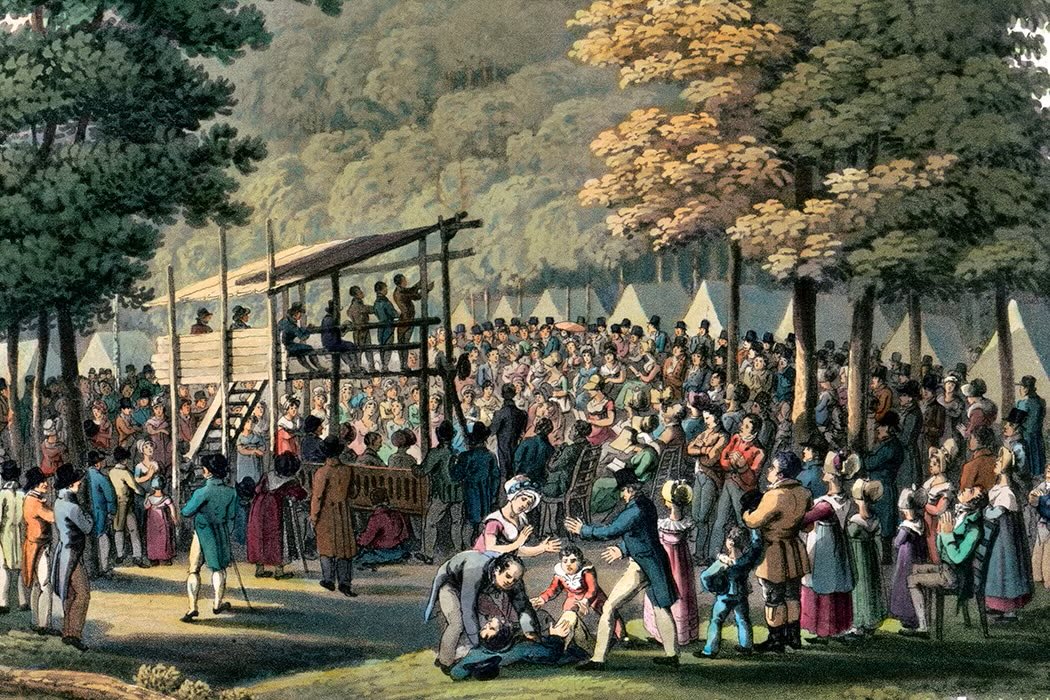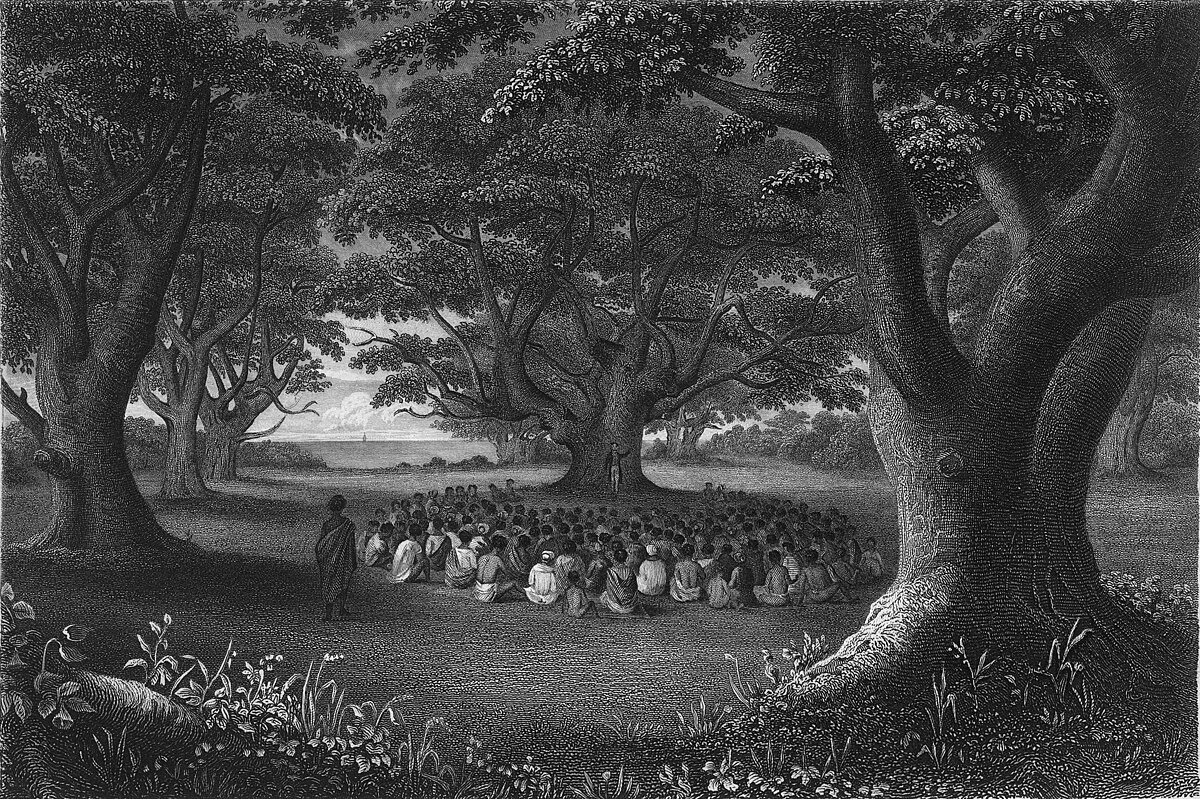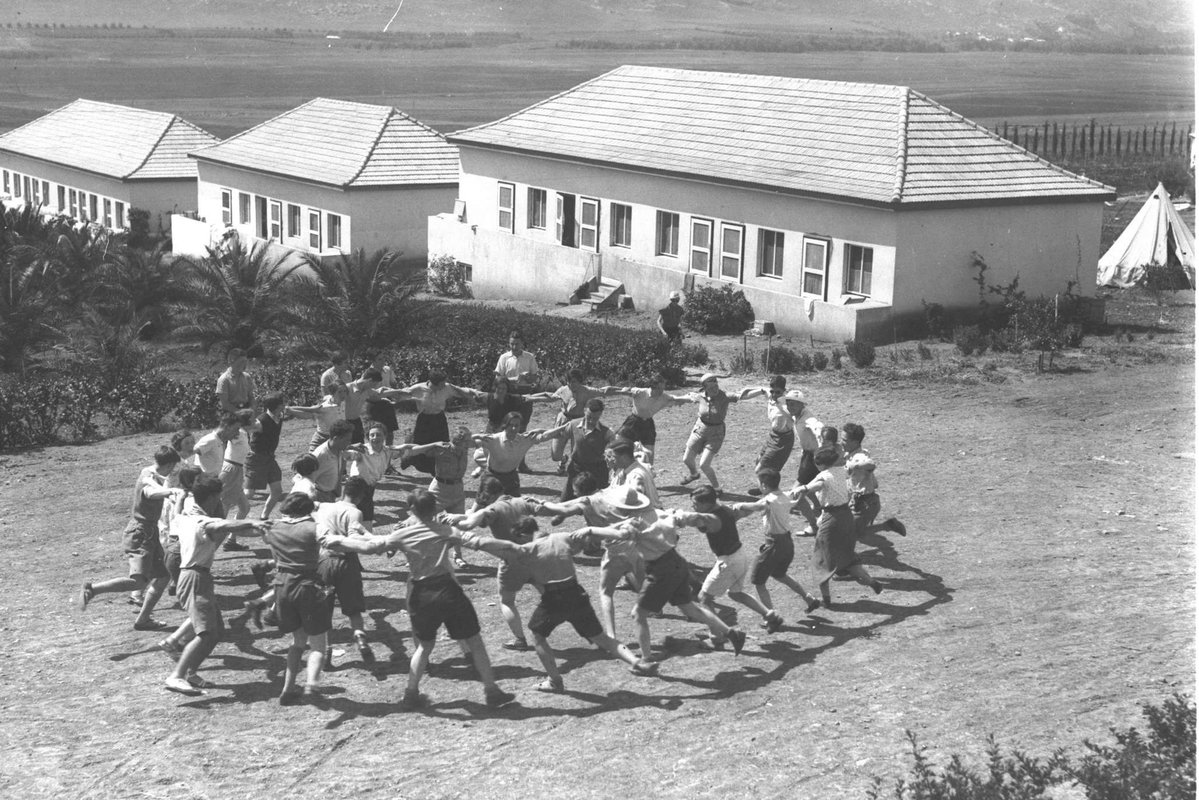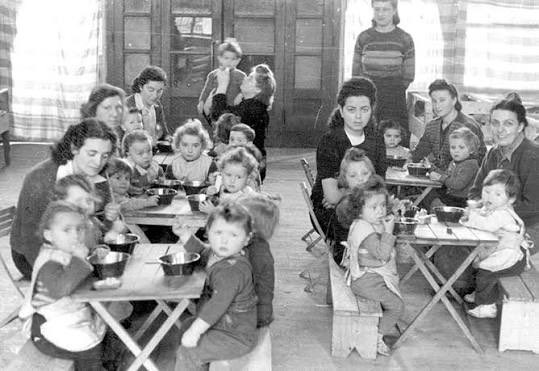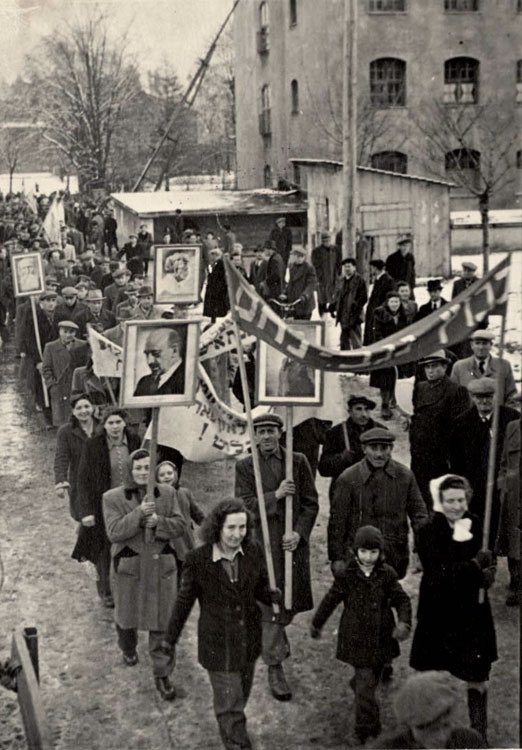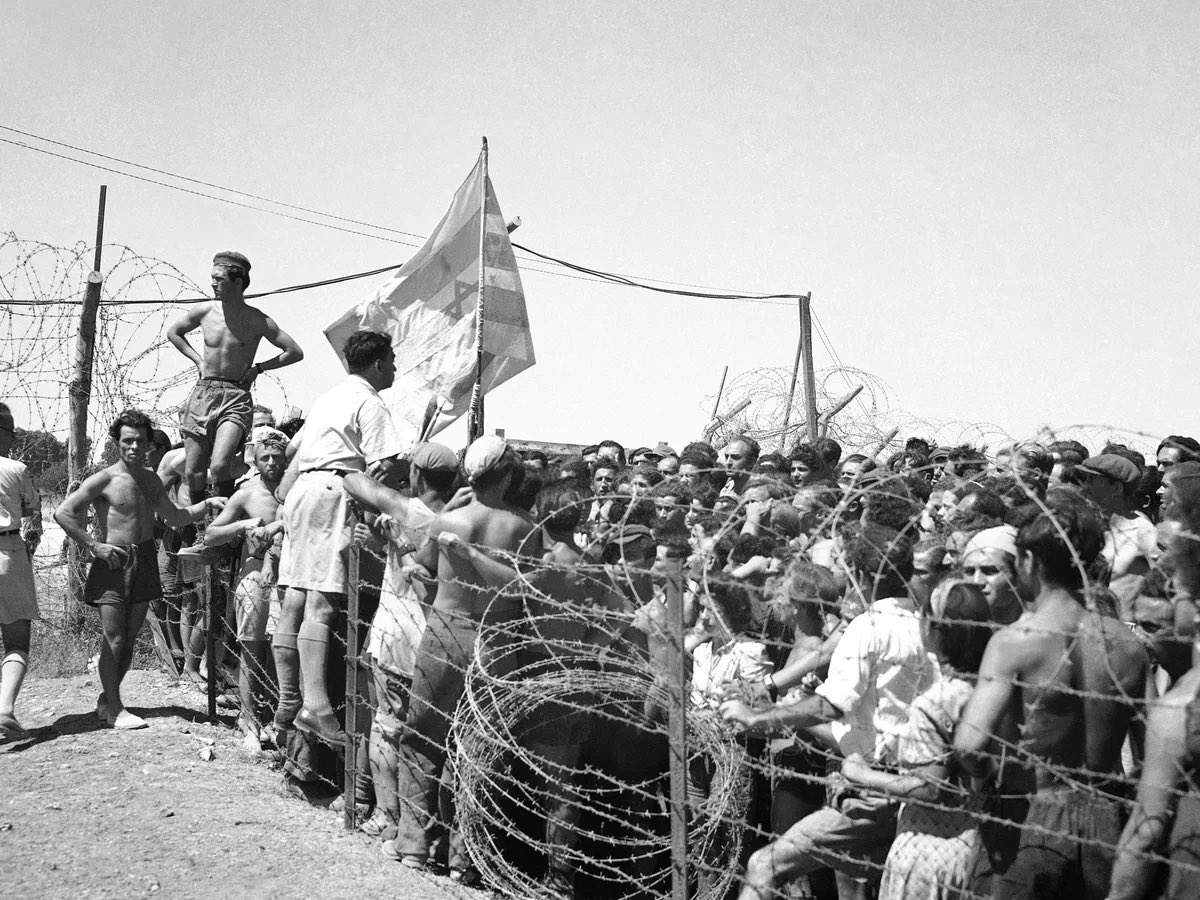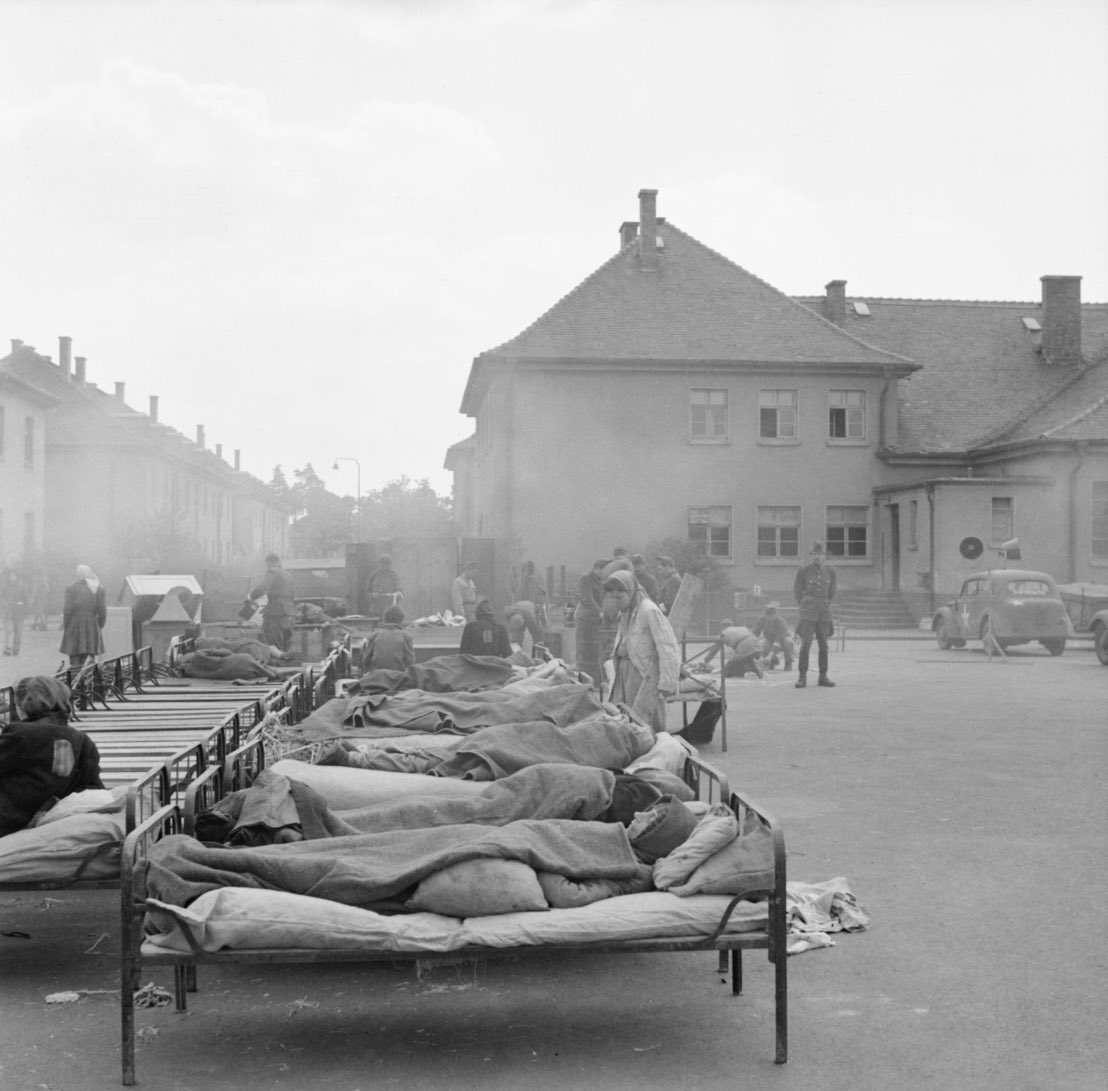The Erie Canal Part III:
The Empire Awakens (1825 – 1840)
In 1825, a boat named Seneca Chief left Buffalo carrying two kegs of Lake Erie water. 🧵
The Empire Awakens (1825 – 1840)
In 1825, a boat named Seneca Chief left Buffalo carrying two kegs of Lake Erie water. 🧵
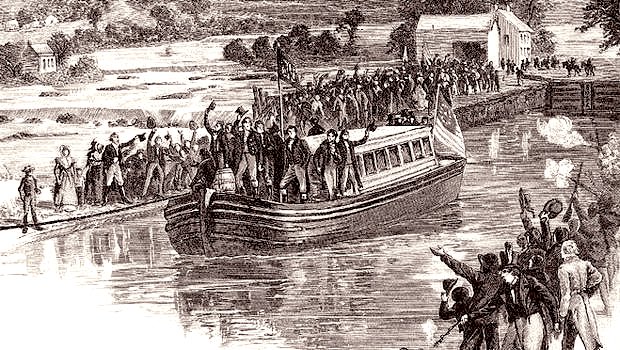
When it reached New York Harbor, that water was poured into the Atlantic.
Cannon fire answered every fifteen minutes from Buffalo to the sea….a chain of thunder across 363 miles of handmade earth.
A young republic proved it could reshape its continent.
Cannon fire answered every fifteen minutes from Buffalo to the sea….a chain of thunder across 363 miles of handmade earth.
A young republic proved it could reshape its continent.
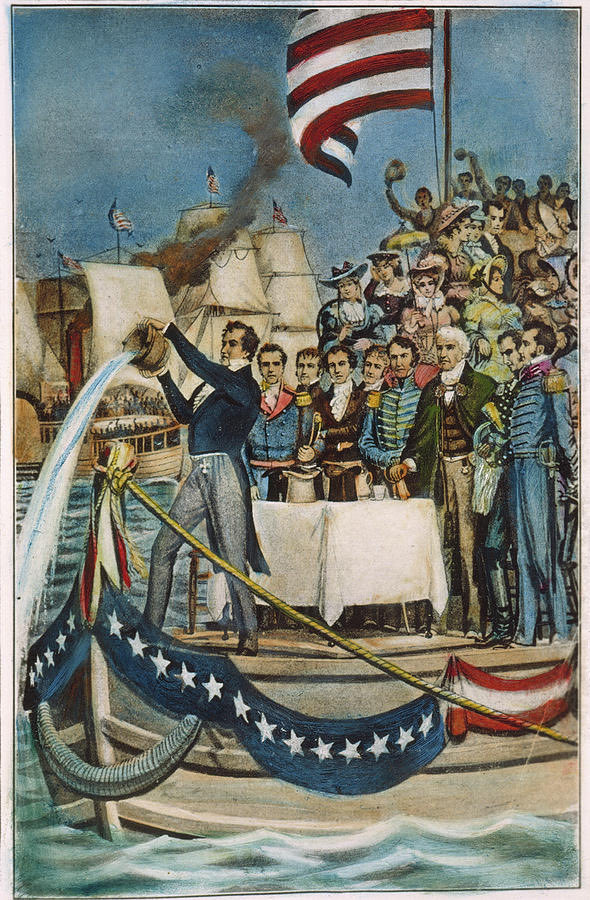
The canal crushed distance.
A barrel of flour that once cost $100 to move now cost $5.
What took three weeks took five days.
By 1830, more than 3,000 boats a year glided between the Great Lakes and the Hudson….carrying grain, iron, salt, and hope.
The interior and the coast finally breathed the same rhythm.
A barrel of flour that once cost $100 to move now cost $5.
What took three weeks took five days.
By 1830, more than 3,000 boats a year glided between the Great Lakes and the Hudson….carrying grain, iron, salt, and hope.
The interior and the coast finally breathed the same rhythm.
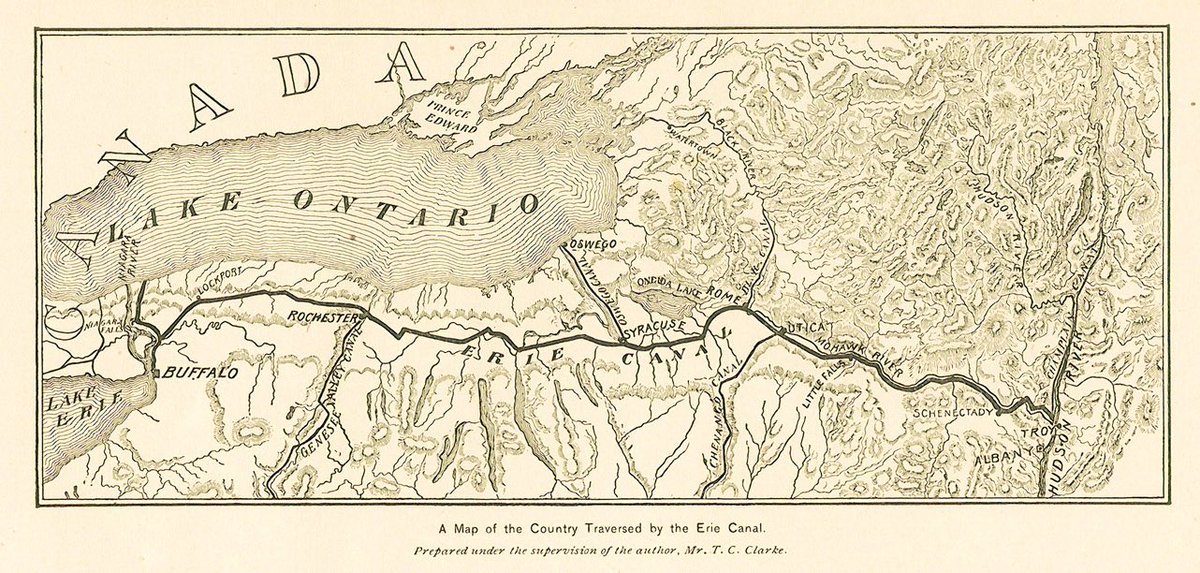
New York City erupted.
Ships crowded its piers; warehouses climbed skyward; banks spread like fire along Wall Street.
By 1835, it handled more trade than Boston, Philadelphia, and Baltimore combined.
Immigrants from Ireland, Germany, and Poland filled the docks….chasing the hum of fortune.
The Erie didn’t just move goods.
It moved gravity.



Ships crowded its piers; warehouses climbed skyward; banks spread like fire along Wall Street.
By 1835, it handled more trade than Boston, Philadelphia, and Baltimore combined.
Immigrants from Ireland, Germany, and Poland filled the docks….chasing the hum of fortune.
The Erie didn’t just move goods.
It moved gravity.
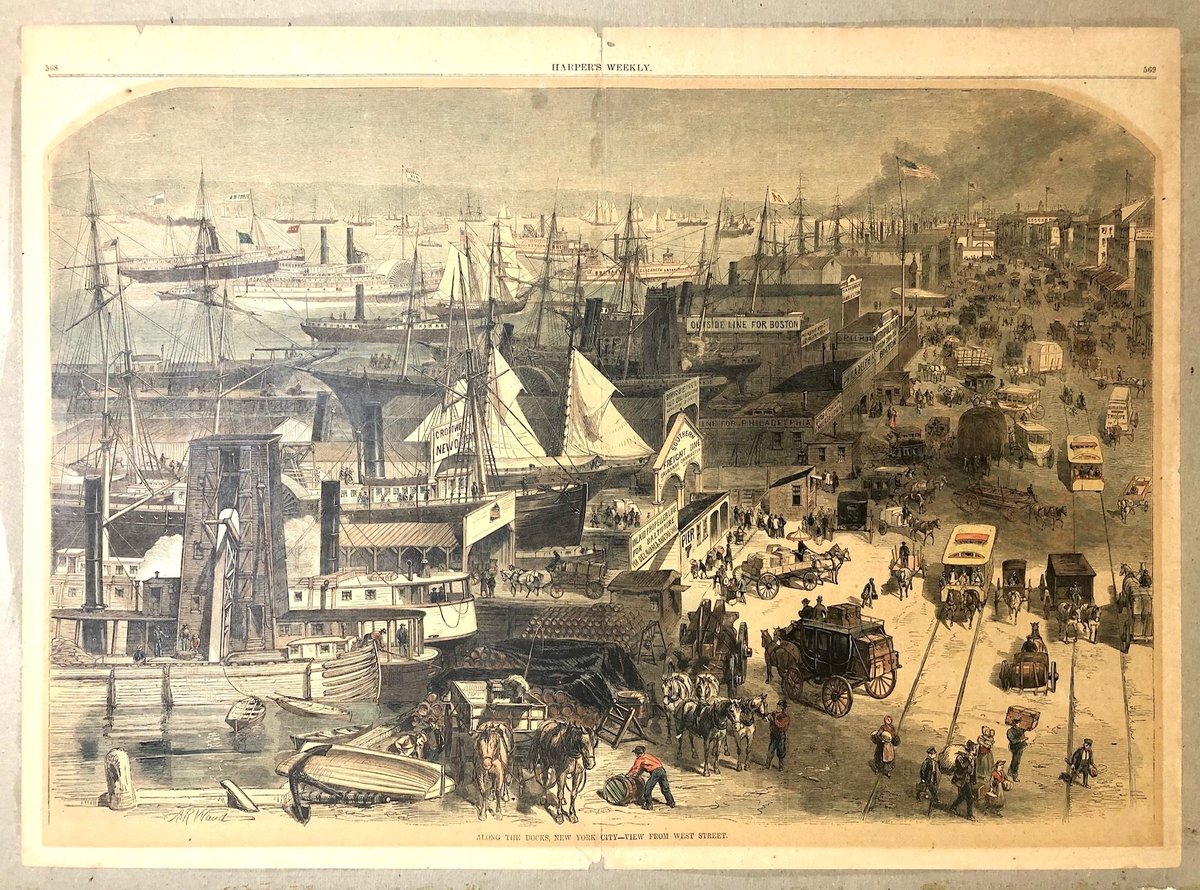
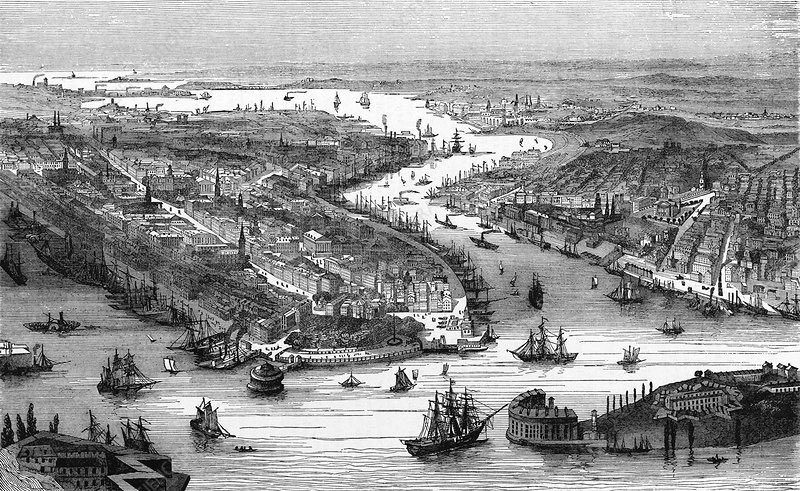

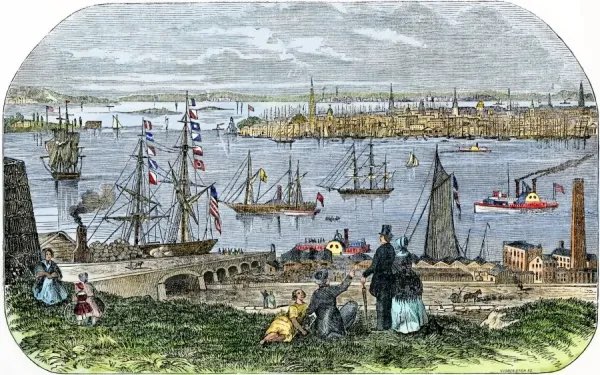
Upstate towns transformed.
Syracuse shimmered with salt; Rochester roared with mills; Utica’s forges burned red through the night.
The towpath stitched them together like a living vein of industry.
Each dawn began with mule bells; each dusk with tavern fiddles.
The wilderness had become machinery.


Syracuse shimmered with salt; Rochester roared with mills; Utica’s forges burned red through the night.
The towpath stitched them together like a living vein of industry.
Each dawn began with mule bells; each dusk with tavern fiddles.
The wilderness had become machinery.
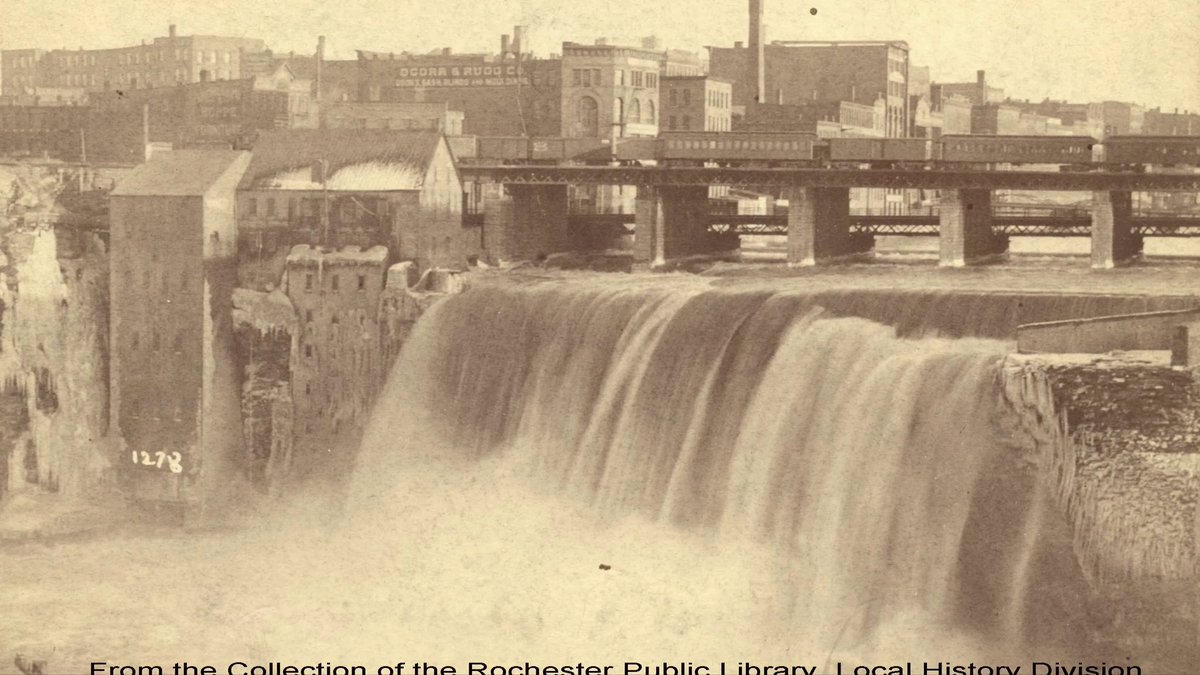
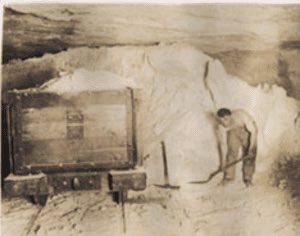
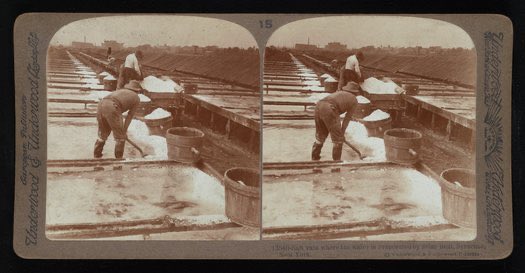
Life along the canal became its own small nation.
Families lived on boats…children sleeping beside cargo, mothers cooking by lanternlight.
Mules clopped through morning fog, their bells soft as breath.
Boatmen sang across the water at dusk.
They called it “the ditch.”
To them, it was the world.



Families lived on boats…children sleeping beside cargo, mothers cooking by lanternlight.
Mules clopped through morning fog, their bells soft as breath.
Boatmen sang across the water at dusk.
They called it “the ditch.”
To them, it was the world.
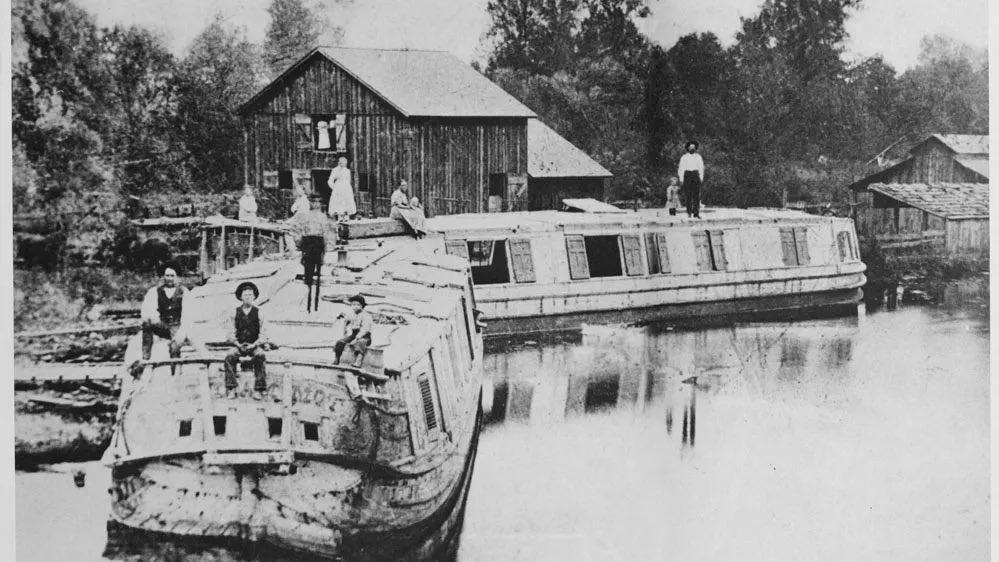
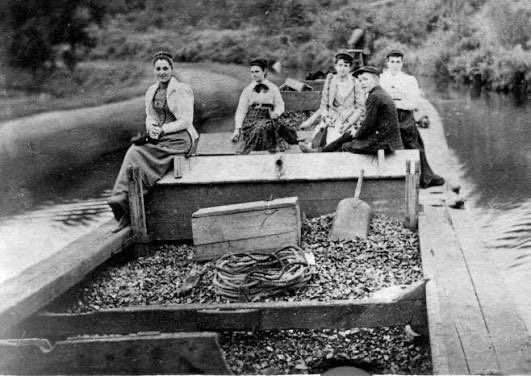
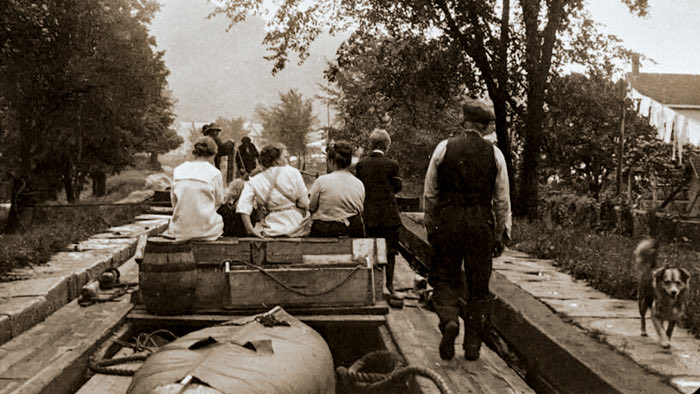
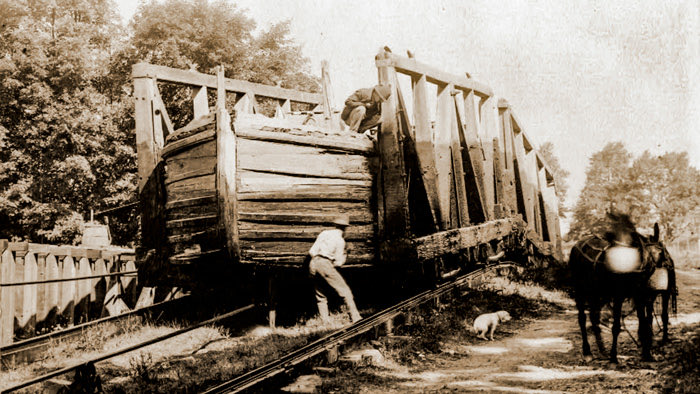
The canal trained America to think in systems.
Every lock demanded timing, trust, and invention.
Machinists, coopers, and carpenters found steady work; repair yards and foundries rose along the banks.
Here, the idea of a middle class took form…people who built prosperity with their hands.


Every lock demanded timing, trust, and invention.
Machinists, coopers, and carpenters found steady work; repair yards and foundries rose along the banks.
Here, the idea of a middle class took form…people who built prosperity with their hands.
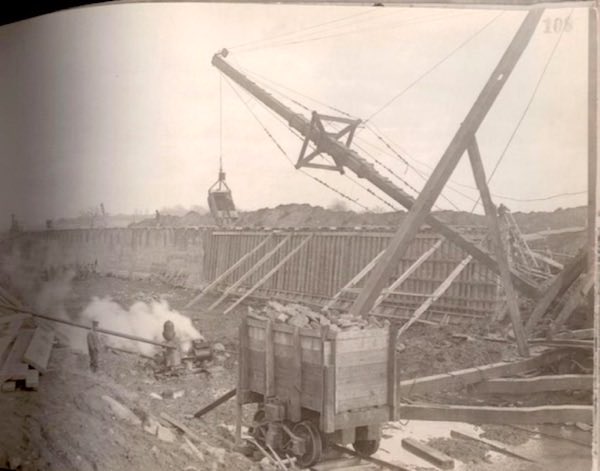
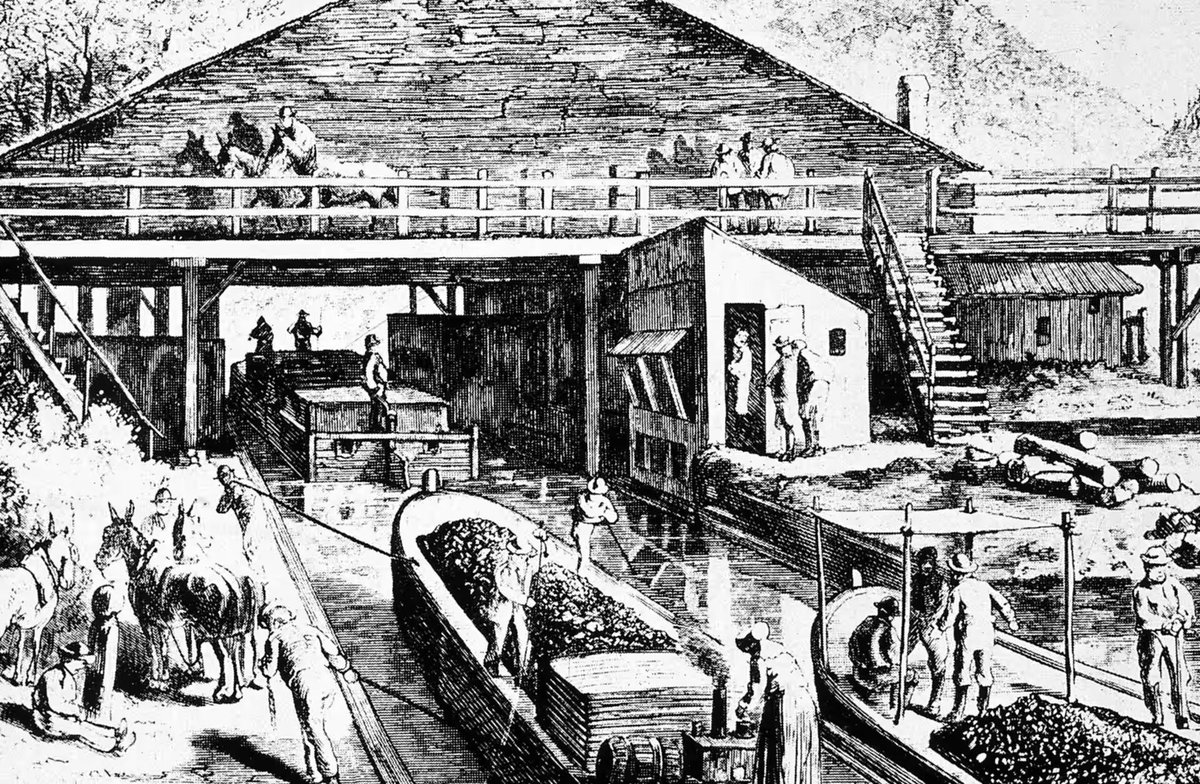

But progress carries memory and loss.
Haudenosaunee trade trails vanished beneath the new waterway.
Wetlands drained; sacred crossings drowned.
The same current that carried fortune also carried forgetting.
Haudenosaunee trade trails vanished beneath the new waterway.
Wetlands drained; sacred crossings drowned.
The same current that carried fortune also carried forgetting.
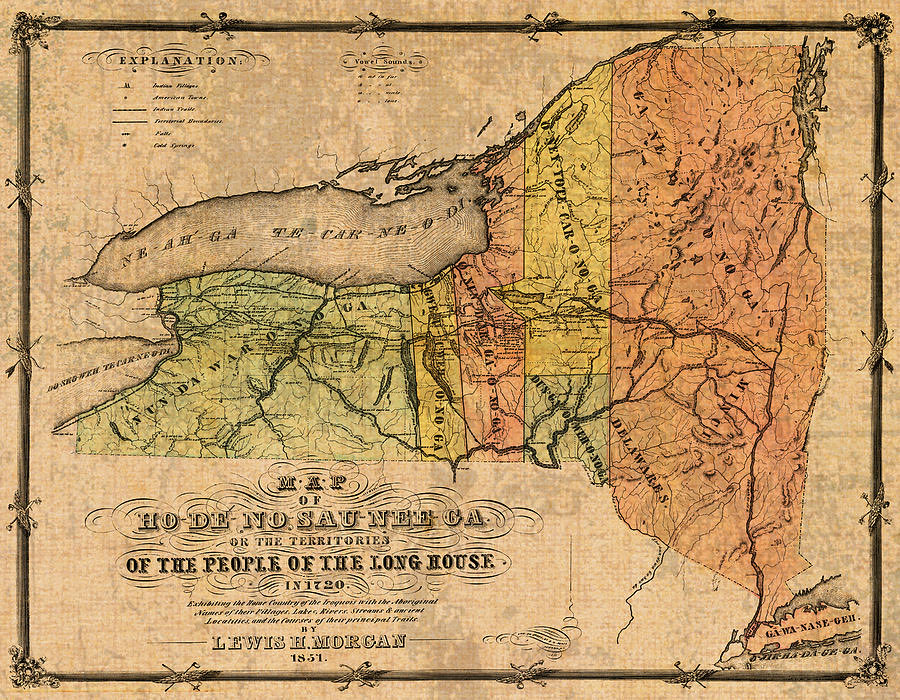
By 1840, the Erie Canal had redrawn America’s mind.
Frontier became network. Isolation became connection.
The land itself seemed answerable to will.
From its waters rose a conviction that building was destiny.
The Empire had awakened and its echo still moves through every river we try to control.
Next: Part IV Life on the Canal.
A moving frontier of barges, mules, fiddles, and folk heroes.
Frontier became network. Isolation became connection.
The land itself seemed answerable to will.
From its waters rose a conviction that building was destiny.
The Empire had awakened and its echo still moves through every river we try to control.
Next: Part IV Life on the Canal.
A moving frontier of barges, mules, fiddles, and folk heroes.
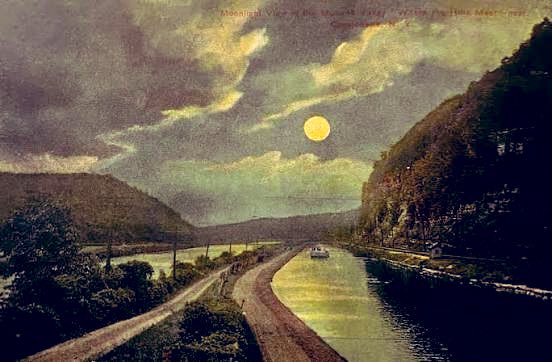
• • •
Missing some Tweet in this thread? You can try to
force a refresh


